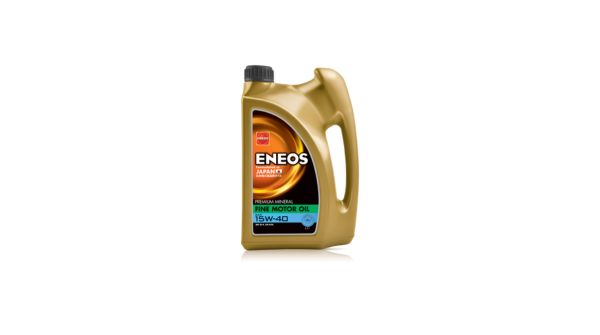Your car dashboard often serves as an open book right in front of the driver, dictating to them about everything their car does. The dashboard informs both the car’s mischiefs and perks. It is the first thing a car owner relies on to check their machine’s health and performance. Well, does it give all the warning signs to help you understand that your car is doing well? The answer is clearly ‘no’. Your vehicle is a complex machine, a combination of numerous functions. An issue in one part can directly or indirectly affect the other parts, too, and the dashboard does not have the capability to signal everything.
Dashboards are designed to inform users about immediate alerts or critical ones. Sometimes, it means that you will get there when half the damage is already done. Therefore, it is important to understand your vehicle’s health in detail without depending on the dashboard. It will help you save expensive car repairs or dangerous breakdowns.
Common Car Malfunctions that Do Not Come With Warning Alerts
It tells you only part of the story because your car is beyond warning flashlights, gauges, or messages that appear on it.
1. Wear and Tear:
Your dashboard gives you a signal only when the car components or the engine have completely failed. But what about when it’s still in its early stages of experiencing wear and tear? Also, it wouldn’t alert about a specific component that is wearing down. Issues like worn-out struts, shocks, and bushings can affect the stability and control of the car, making it steer or put brakes. Also, you may not know about the suspension components or brake pads unless they are damaged or dangerously thin.
What can you do?
Regularly, take your car for a professional inspection. An expert mechanic can spot signs at an early stage and prevent your car parts from wearing out until they are beyond repair.
2. Battery Health:
The car’s battery could be on its last leg, and the dashboard won’t say a word! There will be no indications until the day your engine refuses to start. Some cars may show warning signs only when the voltage drops to a considerable level, but not when it weakens. Batteries often lose their strength over time, and this issue can scale up during extreme temperatures or during long trips.
What can you do?
Get your battery checked at least once a year, especially during the winter season. This helps you understand whether your battery still has enough power or how much time you have to replace it.
3. Transmission Issues:
A transmission system is a mechanism that helps transfer power from the engine to the wheels. The small noises and shudders are often the warning signs of transmission issues, which aren’t reflected by your dashboard. Overheating and slipping are also severe problems that may not be reflected on the dashboard. Moreover, automatic transmissions may often degrade with time, with delayed shifts that don’t illuminate the engine light.
What can you do?
Keep an eye on your transmission fluid levels and conditions, as well as odd noises or delays. Watch how your car shifts.
4. Oil Quality:
Poor quality and contaminated oil can lead to a plethora of problems within your vehicle, from engine failure to damage to its body parts. The quality of oil will not be indicated by the dashboard, nor will it tell you when to replace oil, even if your vehicle is experiencing extreme driving conditions. If you are using an unsuitable grade of car engine oil, it can be less effective, affecting lubrication and increasing engine wear.
What can you do?
Don’t rely on mileage; consider manual oil inspection, using a dipstick to check its colour and consistency. You need to change the oil if it seems black, burned, or gritty, even if the dashboard doesn’t indicate so.
Summing Up
Your car is a compilation of complex tools and elements, and a dashboard doesn’t do justice in providing all alerts. There are things you will have to do yourself for the machine to save you extra cost and work in your favour. The mechanics often suggest using higher-grade oils such as 15W-40 engine oil, especially for high-performance vehicles and engines. These can operate in extreme temperatures, resulting in fewer car issues. It is one of the major solutions every car owner should have for long-term perks.
